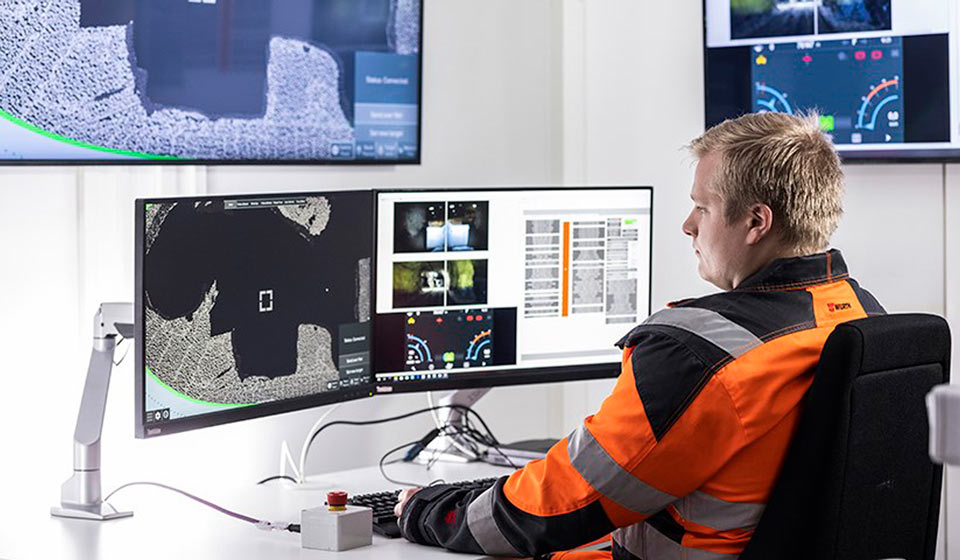
The commute for around 30,000 locals out of Trondheim, Norway, on Fridays is no longer such a nightmarish activity, as a new four-lane stretch of the E6 highway was completed in spring 2019 that significantly enhances the traffic flow. Stretching 8 kilometres and going through exceptionally challenging topography in densely populated areas, the road project was an engineering nut to crack. Innovative technologies utilised for the construction aimed to ensure project completion within budget and on time.
The construction project got the green light in the Norwegian National Transport Plan 2014-2023, which earmarked funding for infra projects. PEAB delivered the most valued offer for the Aas-Jakobsen designed project, and the project kicked off early 2016. The stretch of road will run through one of Norway’s largest areas of highly sensitive clays, which necessitates the use of a robust monitoring programme, as well as extensive stabilisation and mass-shift efforts.
The first and perhaps most critical step in the project was ground condition stabilisation. Quick clay is a type of sensitive clay that is frequently found in Sweden, Norway, Finland, Russia and Canada due to the ice age. It is characterised by its liquid structure, which, if distressed by human activity or erosion, can collapse. This leads to so-called quick clay slides in which many lives and properties have perished throughout the years.
For this project to even be feasible, lime-cement stabilisation on a grand scale had to be set into motion with the help of the Norwegian Geotechnical Institute.
“We drilled more than 44,000 boreholes and filled them with 50/50 lime and cement to ensure the masses are stable and resistant to external pressure. Due to excavation and the depth of the clay deposits, each hole is 25 metres deep and has a diameter of 600 millimetres, so it was quite a unique large-scale stabilisation effort,” says Lars Andreas Solåsfrom, Geotechnical Engineer at the Norwegian Public Roads Administration.
In addition to lime cement stabilisation, the project called for moving more than 2 million cubic metres of masses, of which 500,000 cubic metres were moorland properties. Quality clay was shifted and will be re-used for another stretch of the road, where it will be laid out in thin layers and compressed to ensure stability.
Before mass-shifting began, the project team decided to monitor the pre-filling of one of the embankments of the road project using automatic intelligent devices to monitor and understand the settlement. The choice of methodology was FinMeas’ liquid-filled settlement hose.
The tool works by placing pressure cells at given intervals, and they measure settlement down to 5 millimetres. Signals are transferred from the pressure cells via a control unit to an online system that is equipped with graphs and deformation limits with an alarm in case they are exceeded.
“The settlement system has given the project team a unique chance to post-calculate the settlement curve from the prefill and to understand the settlements taking place after prefilling removed,” explains Stian Berre ,Geotechnical Engineer at Multiconsult.
Other deliveries from FinMeas to the project included four inclinometers, which were used to measure the displacement of retaining walls. The 40-metre deep inclinometers are situated close to the large excavation in quick clay to monitor if there are any movements and possible landslides.
The data from all FinMeas monitoring equipment was logged continuously to the FinMeas Online service, through which the PEAB project team could easily monitor the conditions on the construction site at all times. The alarm-equipped system saves the project team not only time and money, but also gives them a chance to act early should anything go wrong. The new stretch of the E6 was completed in spring 2019.

